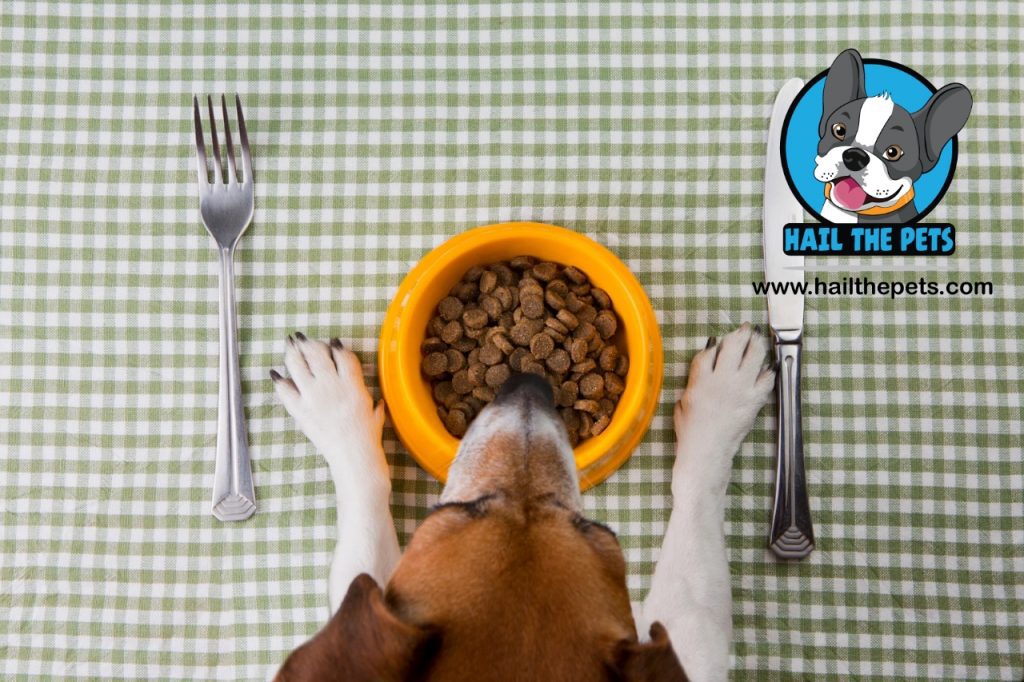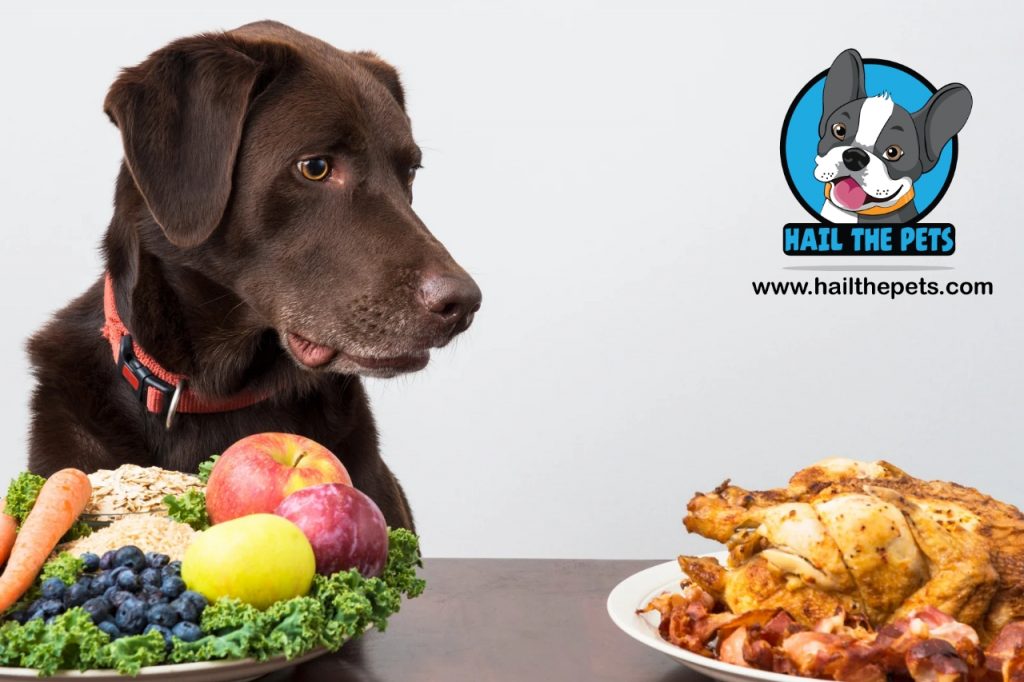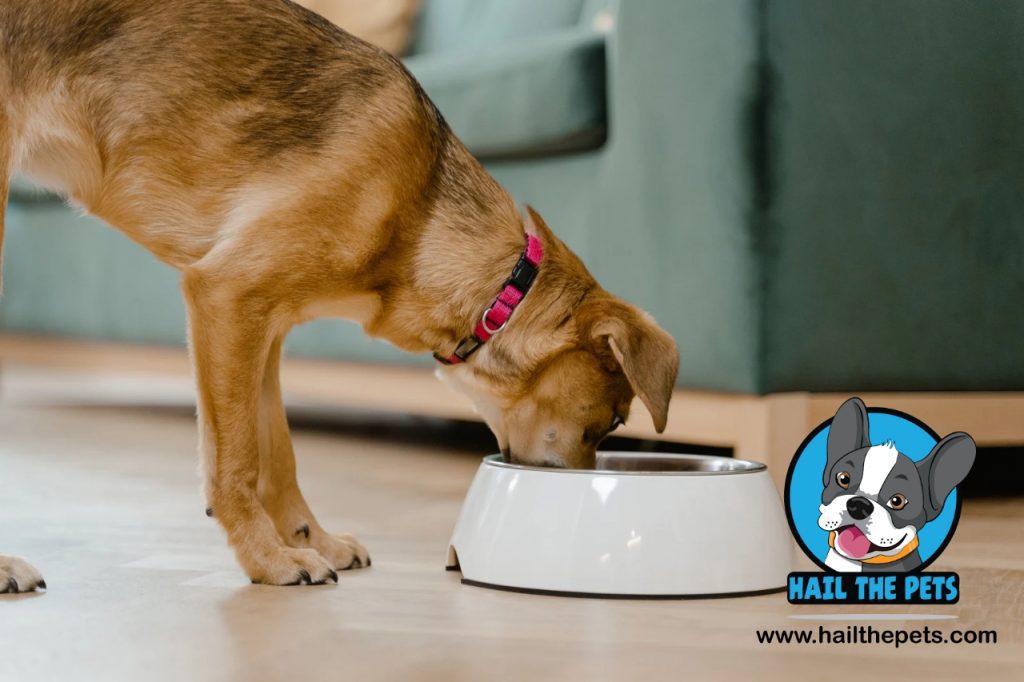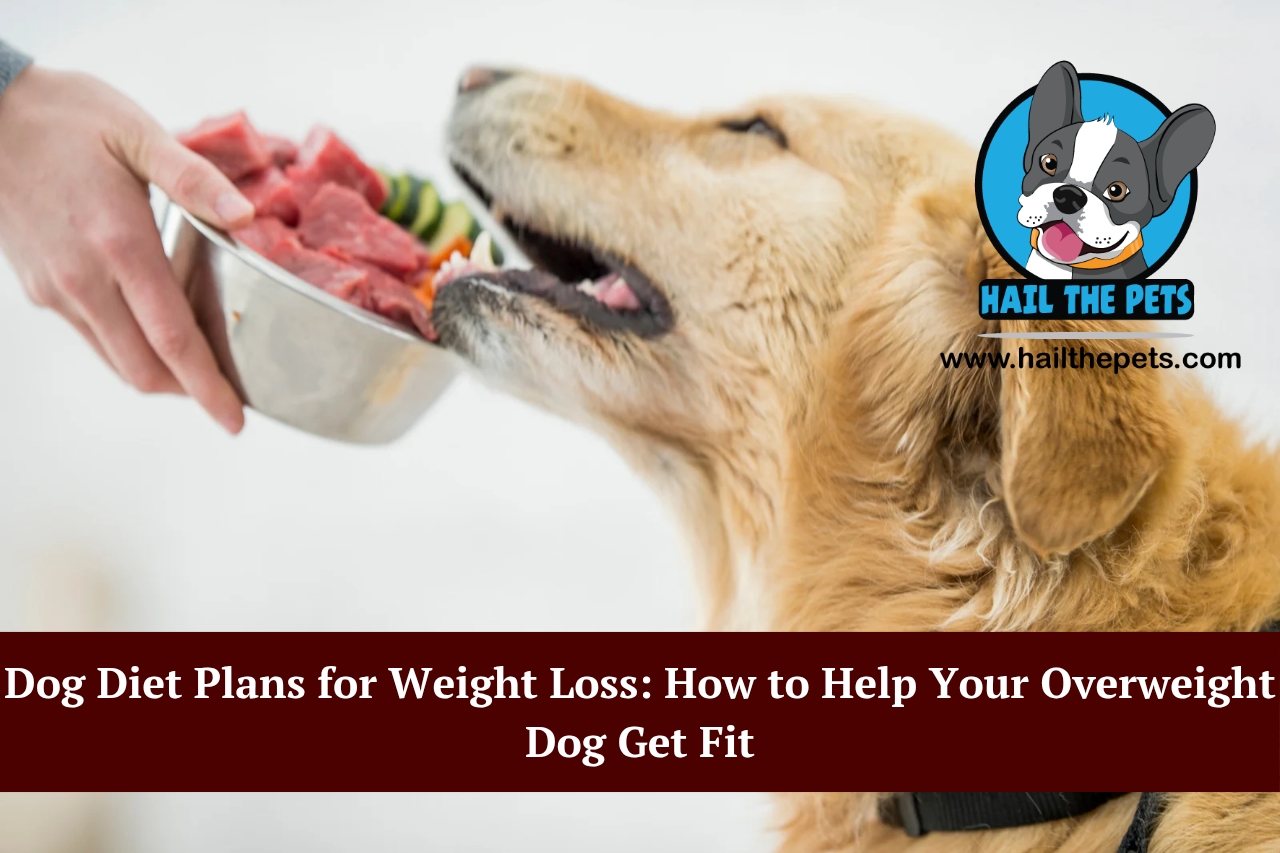Luna, a cheerful Labrador, once loved sprinting across the lawn and chasing her family along the beach. Over time, her joyful bounce faded. She began panting after short walks, and fitting on the couch became a challenge. She now weighs around 85 pounds which is nearly 20 pounds over her ideal weight. Her vet warned of looming joint issues and fatigue.
It was time to act wisely. They adopted a holistic dog diet plan for weight loss made to her needs. Within five months, Luna regained her zest. Today, she swims, plays fetch, and bounds with freedom. It is the proof that a structured and loving approach delivers real results. Let’s explore how you can guide your pup to their own glow-up!

Dog Diet Plans for Weight Loss
A thoughtful dog diet plan for weight loss focuses on a high nutritional diet and safe exercise. It’s enhancing their quality of life and lessening the risk of obesity illness. Chronic care and maintaining lean muscle in the process is essential. It takes monitoring and patience.
Consider it a lifestyle of conscious care. When your dog feels lighter and more energetic, their confidence increases and your relationship strengthens. Let us learn in this article how you can effectively and safely lead them with the proper dog diet plans for weight loss into a stable life.
Read more: Dog’s Body Language: A Guide to Help You Build Stronger Bond with Your Dogs
How to Tell if Your Dog Is Overweight?
According to a study tracking over 50,000 dogs across 12 popular breeds, overweight dogs can have life spans up to 2½ years shorter than dogs at an ideal weight.
Signs of Obesity in Dogs
Obesity isn’t just about appearance. Obesity is all about quality of life. If your dog:
- Lambs when climbing or getting up,
- Pant heavily after light play,
- Shows lethargy or decreased activity,
- Has a pot-belly,
- Snores, wheezes, or has respiratory difficulty at rest
These signs of obesity in dogs demand immediate action. Obesity increases the risk of threatening diseases and decreased life expectancy. Do you know if your dog has crossed from fluffy to unhealthy? Check for these telltale signs. From above, does your dog have a waist?
Can you feel their ribs? If not, overweight may be at play. A gold-standard tool vets use is the Nine‑Point Body Condition Score (BCS) scores above 5 indicate overweight, while 7–9 denote obesity .
Best Weight Management Tips for Dogs
Managing weight is a routine of precision and commitment. Portion control is key. Swap free feeding for measured meals twice daily. Even a bit more kibble can derail progress over time. Smart treats matter! Human snacks like bacon or sausage can be calorie bombs. In contrast, green beans or carrot sticks offer crunchy satisfaction for far fewer calories. Slow feeding helps too.
Puzzle feeders and slow bowls prevent rapid gulping and encourage mental engagement. Consistency magnifies results. Routine weigh-ins, BCS checks, and family-wide commitment ensure everyone honors the plan. All of these habits are key building blocks in effective dog diet plans for weight loss. It helps you manage your pup’s journey with structure, care, and long-term success.
Read more: Understanding German Shepherd Behavior: What Makes Them Tick?
Exercise Routines for Overweight Dogs
Start slow and ramp up smart. Overwhelm leads to burnout or injury not transformation. Start with a gentle ten minute walk twice daily. Add five more minutes every week and let your stamina guide you.
Swimming underwater supports joints and boosts calorie burn. Indoor play or tug keeps things fun and heart-healthy. Over a twelve-week study, dogs on calorie plans plus treadmill or underwater workouts lose fat and retain muscle while diet-only dogs lose muscle mass.

Ideal Weight for Different Dog Breeds
Not every dog falls within the same zone of healthy weight. Having the ideal weight for various breeds provides sensible and specific goals. For example, a Chihuahua will be 4–6 lbs, a Beagle 20–25 lbs, a Labrador Retriever 55–80 lbs, and a German Shepherd 65–90 lbs.
Vets apply frame and body condition to establish healthy ranges for crossbreeds or rescue dogs. Breed genetics matter too. A study in Cell Metabolism revealed 1 in 4 Labradors carry a POMC gene mutation that suppresses satiety, making them naturally hungrier. Being aware of this helps tailor portion and treat strategies.
Read more: Training Tips for German Shepherds: How to Raise a Well-Behaved Dog
Best Dog Food for Weight Control
Choosing the right food is a major part of effective dog diet plans for weight loss. Do it the correct way. Always switch in more than 7–10 days. Blend the new with the old to prevent digestive distress slowly. If your dog is experiencing ailing beyond two weeks, speak with your veterinarian for guidance.
Portion size is not any less significant than the food itself. Even nutritious, low-calorie kibble will lead to weight gain when fed in excess. Always measure accurately and avoid the eyeball method. Find foods with excellent protein sources such as salmon or chicken when choosing a weight control formula.
Passed moderate fat along with added fiber should be there to provide fullness and digestion support. Hill’s Science Diet Perfect Weight and Royal Canin Weight Care are the choices recommended by vets and they are result-proven.
Read more: Stress Signs in Pet Fish: How to Identify and Reduce Aquarium Stress – June 2025
Mia the Senior Labrador Reclaimed Her Spark
Get to know Mia, a ten-year-old Labrador whose love for life gradually waned. Even rising from her bed was a task due to the added 12 pounds. Her once eager tail wags turned into tired glances, and family walks grew shorter each week. Her vet diagnosed early joint strain and warned that further weight gain could seriously impact her mobility.
Mia’s family implemented a strict dog diet program for her weight reduction. They replaced calorie-filled biscuits with crunchy veggie snacks, added measured, veterinarian-approved meals, and gradually brought in activity through brief walks and calming pool therapy. In four months, Mia shed ten pounds.
She was running stairs again confidently, playing fetch as a pup, and even running after butterflies in the backyard. Her eyes danced with vitality and her self-esteem was back.
Check out: Dog’s Body Language: A Guide to Help You Build Stronger Bond with Your Dogs
Her transformation was very impressive. Mia became more engaged, happier, and visibly more comfortable in her own body. Her journey is a perfect reminder that with love, consistency, and the right plan. It’s never too late to reclaim vitality when you have thoughtfully designed dog diet plans for weight loss.
How Much Time Does Weight Loss Take?
Healthy weight loss in dogs is slow. Usually, 1–2% of body weight weekly. A 70 lb dog losing 0.7–1.4 lbs a week loses 10–20 lbs over several months. It is a healthy and sustainable rate.
Regular weighing’s and BCS checks maintain safe progress. Don’t go on crash diets. They are likely to lose lean muscle mass and develop metabolic problems.
Read more: Following a Weight Loss Plan for Dogs
Do Older Dogs Require a Special Plan?
Aging changes all the way from metabolism to joint condition. Exercise regimens for obese dogs should include low-impact activities like swimming or leisurely walking for older dogs.
Omega-3 fatty acids and glucosamine are two joint-assistance ingredients that may be included in senior dog food. Age-related changes in appetite and caloric needs should be monitored, and meals should be modified accordingly.
The Critical Role of Your Vet
Your veterinarian is more than a routine care provider. They’re an essential partner in your dog’s weight journey:
They confirm diagnoses, establish body targets, recommend foods and activity regimens, monitor progress with regular weigh-ins and BCS assessments, and rule out medical issues like hypothyroidism. Use vet insight to keep your dog diet plan for weight loss safe and effective.

Why Exercise and Diet Together Are the Most Effective
Exercise and less calorie diets together preserve muscle. It improves circulatory system and helps dogs lose weight in a sustainable way.
One twelve-week treadmill and diet study showed dogs retained lean mass and improved heart rate during workouts compared to dogs on diet alone. This approach is about intentional care supporting both metabolic health and quality of life.
Quality of Life Goes Up When Weight Goes Down
Research from the University of Liverpool and WALTHAM Centre found that overweight dogs that succeeded in weight loss programs experienced improved vitality, decreased pain, and better emotional wellness. This isn’t just about health metrics. It’s about bringing back the bounce, the joy, and the shared memories you treasure with your pet.
True success lies in sustaining healthy habits beyond reaching your dog’s ideal weight. After achieving it, maintain portion control, balanced exercise, and regular vet check-ins to preserve their lean frame and vitality.
Check out: Dog Anxiety: Behavior, Symptoms, and Treatment
Conclusion
This thorough guide will help you take care of your dog’s future. You can give your dog a gift of years full of energy, play, and affection by utilizing breed-specific insights, consistent exercise, veterinarian support, and evidence-based dog diet plans for weight loss and emotional wellbeing.
Let Mia and Luna’s metamorphoses demonstrate what is feasible. The tale of your dog’s recovery is one of vitality and wagging tails. Because when a dog feels fit, they open their heart and yours to every moment.
